 'Going with your gut is one of the most important skills you can have in the wine world,' believes a great colleague of mine who's been doing this since before I was born. Today I'm applying that skill to my wine blogging. No doubt there are other wine news and events ideas circulating the world wide web that may be valid contenders for my Friday post. Usually there are several. But today, today, I'm going with my gut before I get side tracked with all the possibilities. Decanter's article this week about Skinner Auction House was just too intriguing to sort, sift, hem and haw over other topics you might enjoy reading about.
The economy is officially in the crapper, I think we all agree by now, and yet Skinner just put up record numbers for bottles of Domaine de la Romanée Conti, Screaming Eagle and Harlan Estate. The first went for over $20K. That was triple the estimate. The Screaming Eagle went for $2,430 and the Harlan Estate broke Sotheby's April record (of $655) going for $810/bottle.
'Going with your gut is one of the most important skills you can have in the wine world,' believes a great colleague of mine who's been doing this since before I was born. Today I'm applying that skill to my wine blogging. No doubt there are other wine news and events ideas circulating the world wide web that may be valid contenders for my Friday post. Usually there are several. But today, today, I'm going with my gut before I get side tracked with all the possibilities. Decanter's article this week about Skinner Auction House was just too intriguing to sort, sift, hem and haw over other topics you might enjoy reading about.
The economy is officially in the crapper, I think we all agree by now, and yet Skinner just put up record numbers for bottles of Domaine de la Romanée Conti, Screaming Eagle and Harlan Estate. The first went for over $20K. That was triple the estimate. The Screaming Eagle went for $2,430 and the Harlan Estate broke Sotheby's April record (of $655) going for $810/bottle.
Did I say "just"? There is something to be said for the fact that the Skinner auction happened 3 weeks ago. Three weeks is like a lifetime given how much things have shifted even in the last few days.
My question - everyone's question - is which investments are most "sound" given the state of affairs we're facing. And what you can afford to invest in, if at all, is another great question. (Hell, most bloggers, shop owners, distributors and importers are talking about the extent that people's day to day wine buying habits (read: consumption) may or may not change in the coming months. Forget the idea of people making significant investments in wine!)
And then you read an article about serious cash being dropped on a bottle of wine, something that many believe is meant to be drank. Or is it...? Perspective is everything, no? If you follow Steve Bachmann at Vinfolio, a year and a half ago he was all in favor of drinking the stuff, or investing to reinvest in your wine consumption. Today? His position may be somewhat less firm.
In these economic times, is wine an investment opportunity you might consider?
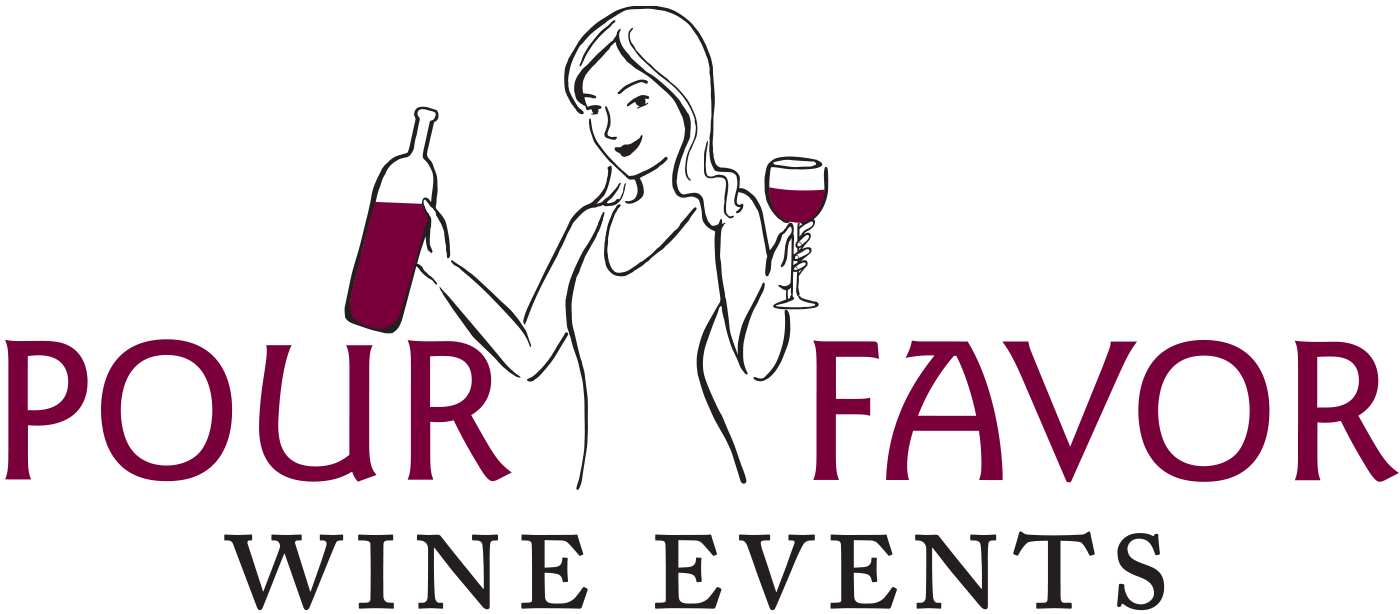

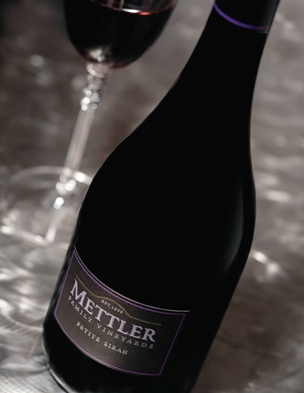 What better way to continue our discussion about wines perfect for fall than to start the month of October with some banter about a monster wine? Petite Sirah (note the "i" in Sirah) is also a stealthy little operator, or the masked creature standing on your front steps in just 30 days time. Boo-ha-ha-ha-ha-ha!!!
"What the heck is she getting at today," you ask with incredible anticipation and a smile dancing at the corners of your mouth?
What better way to continue our discussion about wines perfect for fall than to start the month of October with some banter about a monster wine? Petite Sirah (note the "i" in Sirah) is also a stealthy little operator, or the masked creature standing on your front steps in just 30 days time. Boo-ha-ha-ha-ha-ha!!!
"What the heck is she getting at today," you ask with incredible anticipation and a smile dancing at the corners of your mouth? Last week here in Beantown the weather went from gorgeous fall to stormy insanity. In some ways this is a wine buyer's dream. There's no other time of year where you can pick wines for the weekly tasting to straddle the warmer/colder, sunnier/rainier line and scratch almost every consumer's itch. And since there's so much new juice on the market, we can also introduce our customers to new products. See? There's always a silver lining (even when you now have a natural swimming pool in the backyard...)!
But I'm jazzed about my topic for this Monday morning musing for another reason, too... remember last week we started talking about fall wine options? Well, for my white wine readers and
Last week here in Beantown the weather went from gorgeous fall to stormy insanity. In some ways this is a wine buyer's dream. There's no other time of year where you can pick wines for the weekly tasting to straddle the warmer/colder, sunnier/rainier line and scratch almost every consumer's itch. And since there's so much new juice on the market, we can also introduce our customers to new products. See? There's always a silver lining (even when you now have a natural swimming pool in the backyard...)!
But I'm jazzed about my topic for this Monday morning musing for another reason, too... remember last week we started talking about fall wine options? Well, for my white wine readers and  I've been running from industry tasting to industry tasting the last few weeks, not only tasting the new releases and other new wines available this fall, but also picking up tidbits here and there about what's what and otherwise on the minds of winemakers, importers, distributors and, of course, consumers. I find it absolutely fascinating to compare these 'hallway musings' with what I read on various blog sites and in on-line trade mags. This gives me a sense of whether these conversations are local to the MA/New England market, or if they are more global. Today I can't help but give you a snapshot of these ruminations, hopefully giving you the chance to be "a fly on the (wine trade) wall"!
The question of the strengthening dollar. I can't tell you how many folks have asked why wine prices are still high when the dollar is getting stronger (granted, a relative concept). No surprise, it's on everyone's mind. I can't wait myself! Well, in uncertain economic times, no one is more anxious to start sharing the 'winnings' than the importers of fine wines from Europe. After all, wine does go sour eventually! If they can't unload it then they're the ones who will really be hurting. The thing is, the wine already on shelves is wine that was purchased when the dollar was particularly weak. I think we'll see things start to turn around soon enough, though. Dr. Vino seems to have the same take. Importers are eagerly biding their time, waiting for the wares they are now buying overseas (at a better price) to come to market here in the U.S.. Check out
I've been running from industry tasting to industry tasting the last few weeks, not only tasting the new releases and other new wines available this fall, but also picking up tidbits here and there about what's what and otherwise on the minds of winemakers, importers, distributors and, of course, consumers. I find it absolutely fascinating to compare these 'hallway musings' with what I read on various blog sites and in on-line trade mags. This gives me a sense of whether these conversations are local to the MA/New England market, or if they are more global. Today I can't help but give you a snapshot of these ruminations, hopefully giving you the chance to be "a fly on the (wine trade) wall"!
The question of the strengthening dollar. I can't tell you how many folks have asked why wine prices are still high when the dollar is getting stronger (granted, a relative concept). No surprise, it's on everyone's mind. I can't wait myself! Well, in uncertain economic times, no one is more anxious to start sharing the 'winnings' than the importers of fine wines from Europe. After all, wine does go sour eventually! If they can't unload it then they're the ones who will really be hurting. The thing is, the wine already on shelves is wine that was purchased when the dollar was particularly weak. I think we'll see things start to turn around soon enough, though. Dr. Vino seems to have the same take. Importers are eagerly biding their time, waiting for the wares they are now buying overseas (at a better price) to come to market here in the U.S.. Check out 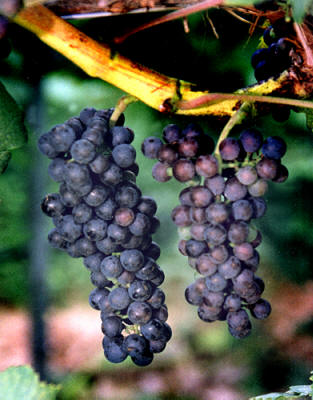 Now that it is fall again and I see kids heading off to school clearly trying to fit in while being their own person, I'm reminded there are some fun varietals out there that don't always get the attention they deserve. And there are some perfect ones for this time of year! Let's take a closer look...
Now that it is fall again and I see kids heading off to school clearly trying to fit in while being their own person, I'm reminded there are some fun varietals out there that don't always get the attention they deserve. And there are some perfect ones for this time of year! Let's take a closer look...

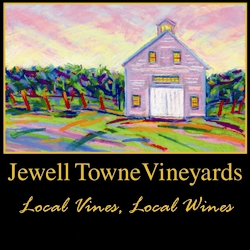 If I was back behind a desk/computer 24-7 this week, I'd likely be following the latest about the market's ups and downs and supplementing with check-ins at ESPN.com to see what's being said about this weekend's football match-ups and how the baseball standings are evolving. To add a little something different to your news feed, I can't help but share two completely unrelated, wine-related news stories that caught my attention.
First, if you're local to the Greater/Boston area you may be happy (and pleasantly surprised) to learn
If I was back behind a desk/computer 24-7 this week, I'd likely be following the latest about the market's ups and downs and supplementing with check-ins at ESPN.com to see what's being said about this weekend's football match-ups and how the baseball standings are evolving. To add a little something different to your news feed, I can't help but share two completely unrelated, wine-related news stories that caught my attention.
First, if you're local to the Greater/Boston area you may be happy (and pleasantly surprised) to learn 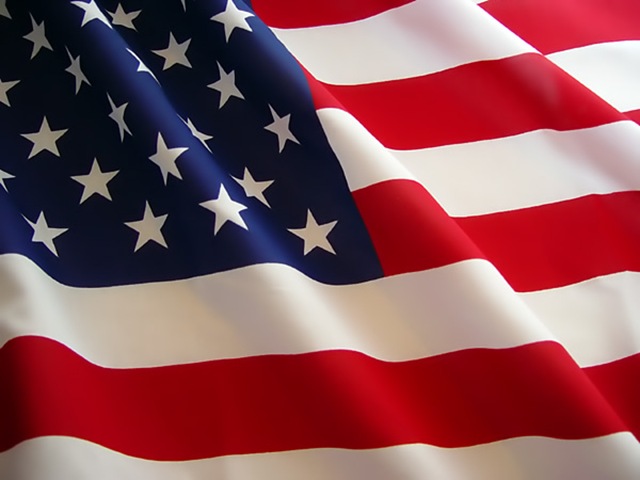 Wine Blogging Wednesday
Wine Blogging Wednesday This weekend I fielded an oh-so timely and very relevant question: "if you don't taste wines for a living, how can you find new wine finds and otherwise expand your palate?"
As it turns out, Labor Day is the unofficial start to the Trade's Tasting Season. What do I mean? Well, we in the trade have the opportunity to attend numerous industry-only wine tastings. These tastings are organized to 'show' fine wine vendors and restaurateurs the latest vintage releases from around the world - baring in mind that those offerings from the Southern Hemisphere operate on a Spring release schedule, so it is likely those wines have been available for several months. How does this impact you, the consumer?
This weekend I fielded an oh-so timely and very relevant question: "if you don't taste wines for a living, how can you find new wine finds and otherwise expand your palate?"
As it turns out, Labor Day is the unofficial start to the Trade's Tasting Season. What do I mean? Well, we in the trade have the opportunity to attend numerous industry-only wine tastings. These tastings are organized to 'show' fine wine vendors and restaurateurs the latest vintage releases from around the world - baring in mind that those offerings from the Southern Hemisphere operate on a Spring release schedule, so it is likely those wines have been available for several months. How does this impact you, the consumer?